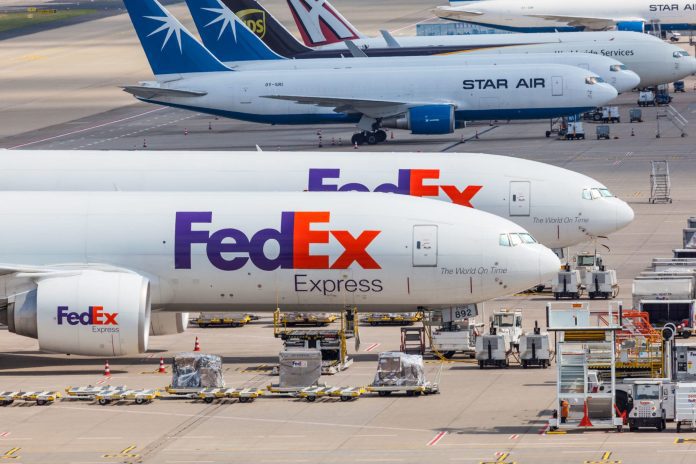Asset tracking and fleet services are key IoT-based supply chain management use cases
The internet of things (IoT) is having a huge impact in the way companies approach supply chain management. Supply chain management refers to the management of supply chain activities to maximize customer value and achieve a sustainable competitive advantage in the market. The activities of the supply chain include product development, sourcing, production, and logistics, as well as the information systems needed to coordinate these activities. Supply chain management attempts to have a control or link to the production, shipment and distribution of a determined product.
The deployment of sensors now allow companies to monitor the condition of products in shipment, and cloud platforms can optimize delivery routes. These two examples are just some of the technologies that are currently disrupting the way supply chains are managed.
Two important supply chain management use cases which are being enabled by the internet of things are asset tracking and fleet management. The goal of asset tracking is to allow an enterprise to easily locate and monitor key assets, including along the supply chain (e.g. raw materials, final products and containers) to optimize logistics, maintain inventory levels, prevent quality issues and detect theft. IoT technologies are also improving the way companies can have real-time control over their fleets.
Also, with the IoT, sensor-embedded factory equipment can not only communicate data about parameters such as the temperature and utilization of a machine, but also change equipment settings and process workflow to optimize performance.
Subscribe now to get the daily newsletter from RCR Wireless News
According to Noha Tohamy, research VP at Gartner, in order to profit from the IoT, chief supply chain officers need to leverage analytics and define new processes along the entire supply chain, with the ultimate goal of fulfilling customer demand for digital and information products and services.
Increased logistics transparency
The IoT can also make information about transport available to the entire supply chain, making the chain more transparent, according to researchers at the University of Houston. The smart items monitor the goods and proactively raise an alert if transport conditions are not appropriate anymore, so the carrier is alerted and the goods have a higher chance to be saved. This reduces the costs of return, the removal of defective goods and lowers transports due to lower reshipping rate.
In-transit visibility
Another area that will play a prominent role in the future supply chain, as it’s impacted by IoT, is in-transit visibility. The logistics ecosystem has many players, and thus, many moving parts, according to Inbound Logistics. Products are handled and transferred among the manufacturer, suppliers, the distribution center, retailer and customer.

